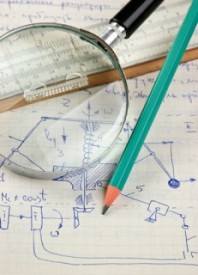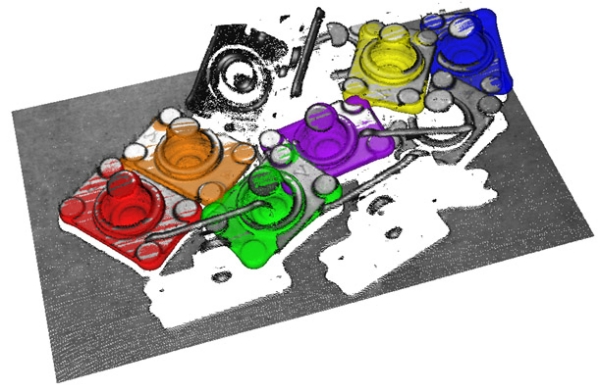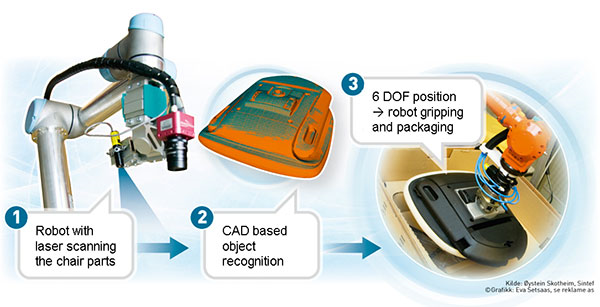Fields of competence

ROBOTNOR represents a unique synergy of academic and industrial expertise which allows us to counsel and comprehend a wide variety of tasks and projects. Our fields of competence are numerous and diverse.

Machine vision is an essential part of most robotic system and is generally described as using complex models based on physics, geometry and statistics to reduce high-dimensional sensory information, e.g. images and video, into a symbolic representation of the world. From the symbolic representation, which includes information such as the type, shape and pose of objects, intelligent methods can be developed to help the robot understand and/or interact with its surroundings.
ROBOTNOR researchers have played a major role in developing machine vision technology for both industrial and academic partners and consequently possess a wealth of expertise in the design and implementation of systems including areas such as object detection, pattern recognition and shape analysis. In the last years the advent of new 3D sensors have also opened up entirely new areas for automation in bin picking, automated sorting, quality inspection and control.
Our researchers are also developing entirely new optical sensor technologies and improved 3D cameras, pushing the boundaries for automation into even more areas where robotics was previously unfeasible. See our research pages for more on this.
 |
| Packaging of chair seats for HÅG in the NextGenRob project. First a 3D detection of chair parts is performed based on 3D laser data. Based on the pose of the detected parts, a robot was used to grasp and package the seats in cardboard boxes. |